Kinestral’s Halio Smart-Tinting Glass Becomes the Only Next-Generation Electrochromic Technology to Pass Rigorous ASTM E2141 Durability Testing
Kinestral Technologies, Inc. recently announced that its Halio® smart-tinting glass product has passed the US Department of Energy’s National Renewable Energy Laboratories (NREL) testing procedures according to the ASTM E2141-06 test methodology required to meet the ASTM E2953 standard for electrochromic product durability, becoming the only next-generation product to meet this recognized industry benchmark.
During the NREL testing, Halio windows were subjected to 50,000 switching cycles over a period of six months at temperatures averaging 185°F (85°C). The extreme conditions had negligible impact on product quality and switching performance: Halio’s visible light transmission was virtually unchanged in the clear and tinted states, and Halio still looked like traditional glass in its clear state and still tinted to neutral gray in its darkest state. Further, switching speeds remained up to 10x faster than similar products on the market.
“To achieve Halio’s performance, our scientists and engineers invented new materials and device physics that didn’t exist when electrochromic products began to enter the market 20 years ago,” said Howard Turner, co-founder and chief technology officer of Kinestral. “Manufacturing was also a prime consideration as we developed Halio to make sure we avoided the production issues faced by first generation producers. Today, we not only have the most beautiful and durable smart tinting glass product on the market, but we also have the largest, most efficient, and most scalable manufacturing facility in the world.”
Halio smart-tinting glass is available exclusively through Halio North America and Halio International, joint venture companies formed by Kinestral and AGC, Inc. the world’s largest glass manufacturer.
“We partnered with Kinestral to bring to market a compelling occupant experience,” said Marc Van Den Neste, chief technology officer of AGC, Inc.’s Building & Industrial Glass Company. “This ASTM durability certification confirms Halio’s quality, and that it’s the right smart-tinting glass solution for our customers.”
Kinestral’s next-generation smart-tinting glass technologies and processes are protected by over 100 granted and pending patents worldwide. Production of Halio commenced in late 2018.



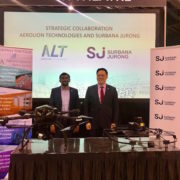
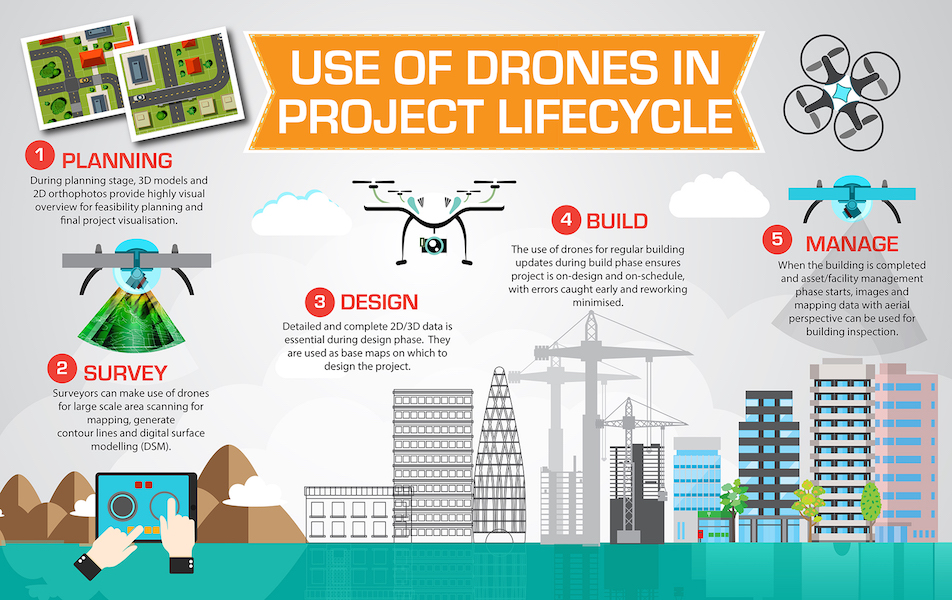

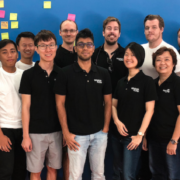
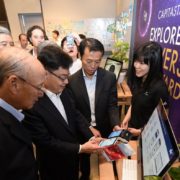
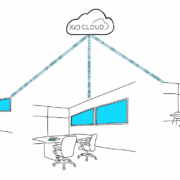

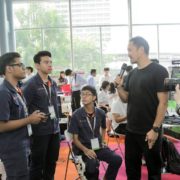
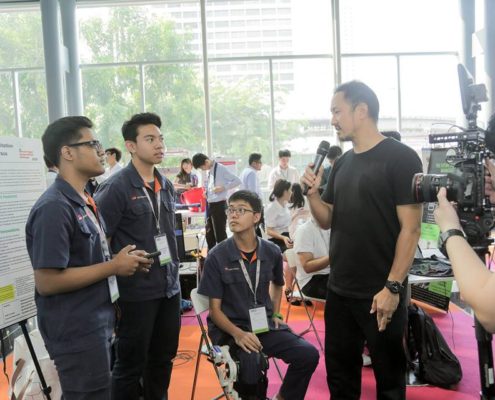 EIC 2018 challenges students to design smart engineering solutions for health, living, mobility and services. This year’s EIC saw 120 teams participating across four categories, compared to only 73 teams in its inaugural year in 2015. This includes 18 overseas teams from Bangladesh, Hong Kong, Indonesia, Malaysia, Pakistan and the Philippines for Category 4 (Local and Overseas Universities).
EIC 2018 challenges students to design smart engineering solutions for health, living, mobility and services. This year’s EIC saw 120 teams participating across four categories, compared to only 73 teams in its inaugural year in 2015. This includes 18 overseas teams from Bangladesh, Hong Kong, Indonesia, Malaysia, Pakistan and the Philippines for Category 4 (Local and Overseas Universities).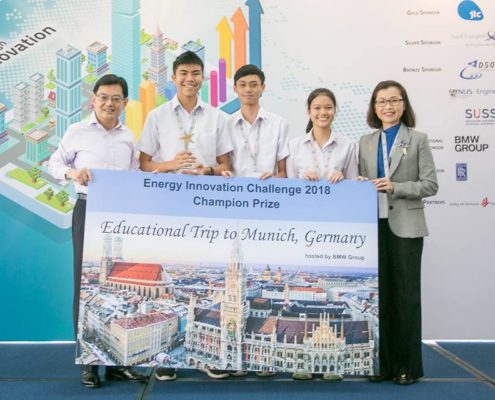
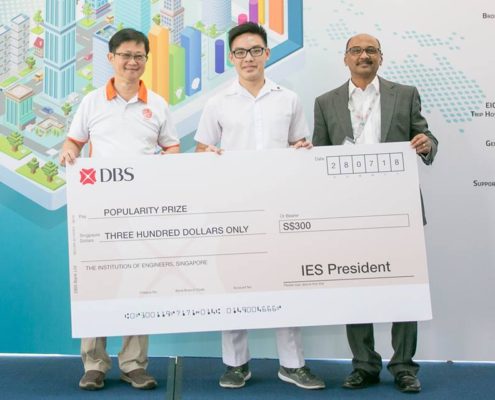 The badge will provide students with introductory engineering skills and knowledge through self-directed engineering-related tasks listed on the activity card. Students can submit their completed works to their teachers or parents for verification to earn stars that will qualify them for the badge.
The badge will provide students with introductory engineering skills and knowledge through self-directed engineering-related tasks listed on the activity card. Students can submit their completed works to their teachers or parents for verification to earn stars that will qualify them for the badge.

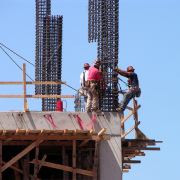
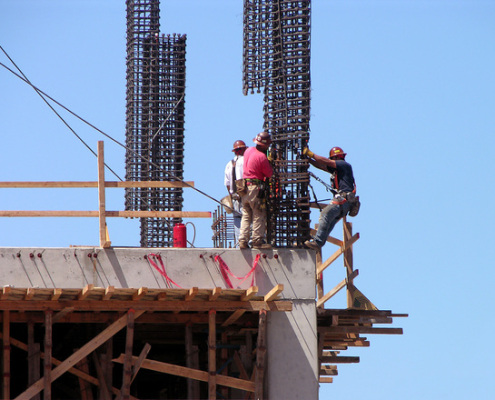 FARO, a trusted source for 3D measurement and imaging solutions for factory metrology and construction BIM, announces the availability of the
FARO, a trusted source for 3D measurement and imaging solutions for factory metrology and construction BIM, announces the availability of the